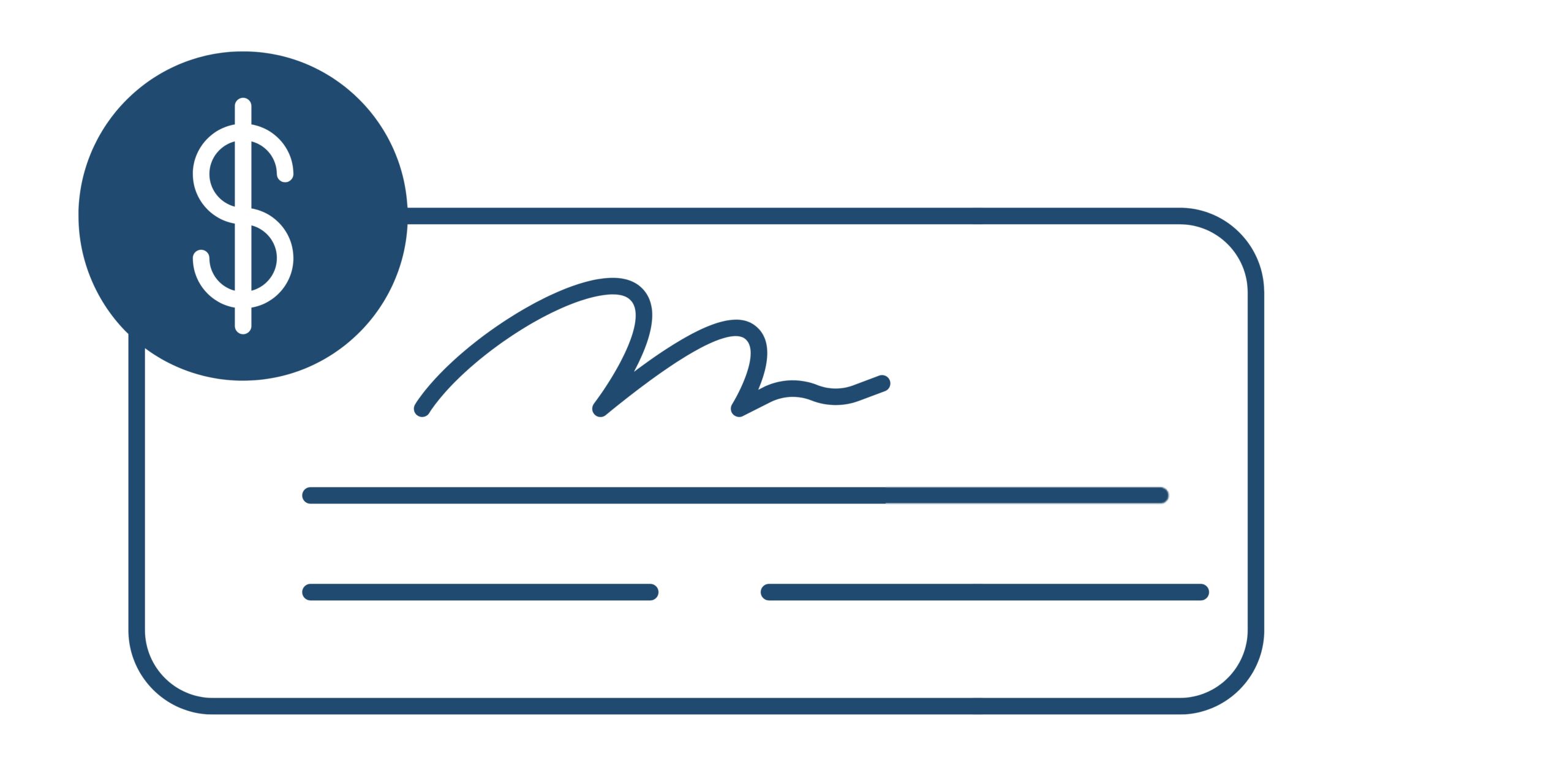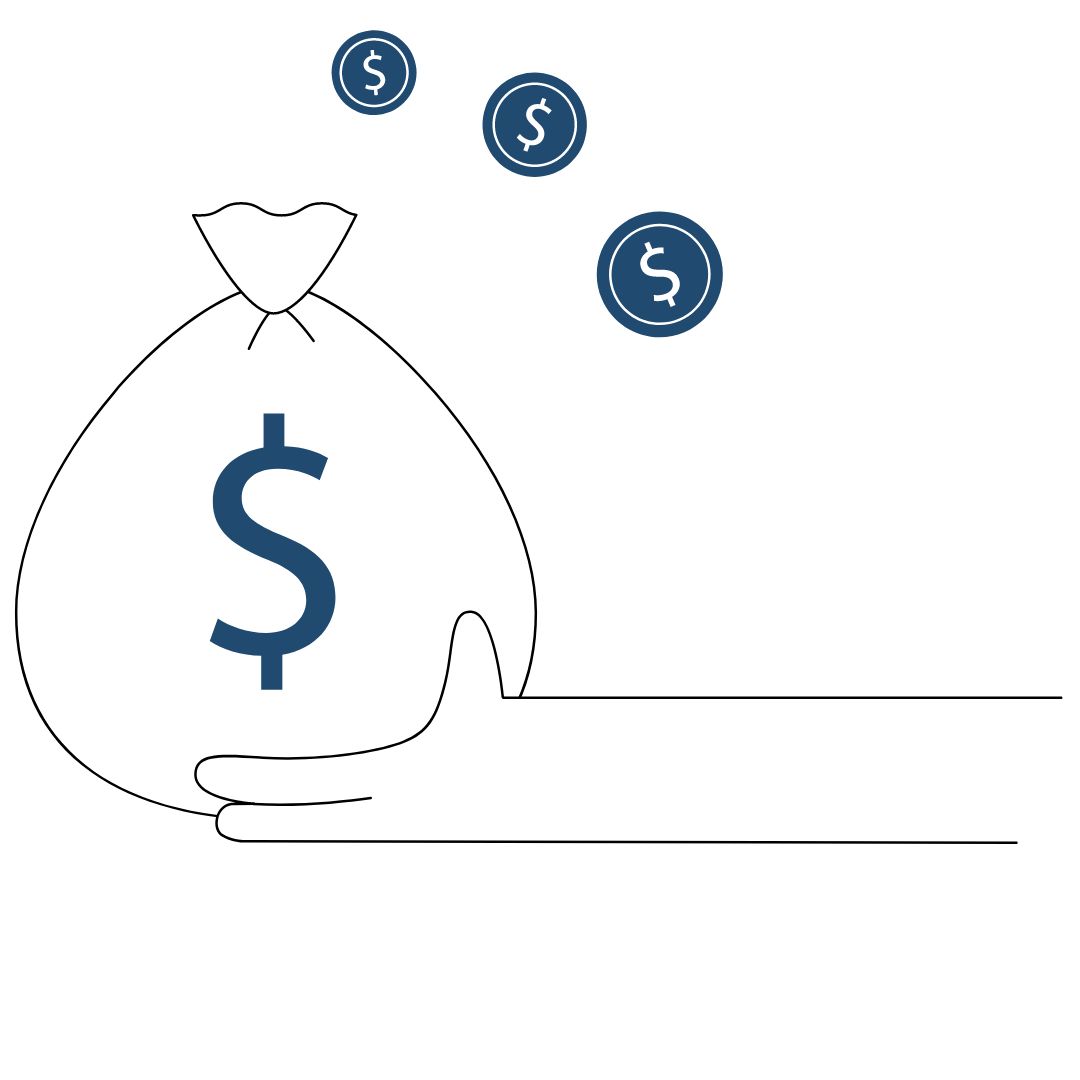Last updated on September 26th, 2024 at 04:38 pm
How to accurately determine your true profit margin and key steps to increase it.
The funny thing about profitability is that it’s one of the prime objectives chased by just about every business owner while at the same time, it’s one of the least understood subjects. Especially for a small business owner running an owner-operated business, such as a dental practice.
If I asked you about your average monthly profit margin, would you have an immediate answer, or would you need to consult a profit and loss statement?
More importantly, does this statement reflect the true picture, considering your compensation as the owner-doctor? Is your pay aligned with the standard market rate? Ultimately, the burning question is: How profitable is your practice, really?
These probing questions are what inspired this article. Our journey here is to demystify the concept of profitability, particularly in the context of dental practices. We’ll delve into four critical areas:
Miscalculation of Profitability: We’ll explore how profitability is often inaccurately calculated in dental practices.
Accurate Profit Calculation: Next, we’ll discuss methods to determine a reliable and accurate profitability figure you can count on.
Identifying Gaps & Actionable Solutions to Increase Profit: We’ll guide you on how to assess whether your profitability needs a boost and offer insights into what steps you can take if your practice’s profitability is indeed lacking.
A little disclaimer: I am not an accountant, I’m not a CPA. I am not a tax attorney, so nothing I’m saying here constitutes accounting, tax or legal advice.
Getting an Accurate View of Your True Profitability
What is Profit?
I think the best place to start with all of this is with a basic definition of profit. Profit is the amount of money left in a business when revenue (income from sales or services) exceeds expenditures (costs or expenses).
Example: If a business makes $1,000,000 and spends $750,000, the profit is $250,000.
Applying Profit to Services:
When calculating profit for a specific service or product, you need to consider all the costs involved in providing that service or product and subtract them from the revenue it generates.
Complexity in Owner-Operated Businesses:
In a business where the owner is also a primary producer (such as a typical dental office), this adds a bit of complexity to the profit calculation. The owner often serves in two roles: as the business owner and as a key producer. Each role has different types of compensation.
It’s important to distinguish between the compensation for these roles.
The mistake many practice owners make is not separating these two types of income when calculating their business’s profitability. The owner’s role is compensated through business profit, while the producing dentist is compensated through a salary or direct income from their operational role in the business.

Compensation as the Owner vs. Producer:
To truly understand a business’s profitability, the owner needs to account for their operational income (the salary of a dentist) separately from the business’s profit. Mixing these two can lead to a misunderstanding of how profitable the business truly is.
Note: I’m not telling you how much money you should take as salary versus profit distributions for your personal income. That’s for you to work out with your accountant for tax purposes. I’m just talking about how you look at your numbers as an indicator of your true profitability.
Example of true profitability calculation:
Imagine a dental practice with a monthly revenue of $100,000 (about $75,000 from the doctor’s production and $25,000 from the hygiene department).
The practice has overhead costs (like staff salaries, equipment, utilities) amounting to 55% of the revenue.
Based on that, you may think their profit calculation would be:
$100,000 (revenue)
–$55,000 (expenses)
= $45,000 (profit)
That’s a lot of profit—but remember, that doesn’t include your salary as the doctor. Let’s say you pay yourself a salary of $12,000 per month and take the rest as profit. Even if you factor that $12,000 into the expenses, this is still misleading because if you were to hire an associate doctor at a fair rate, their salary would be much higher than $12,000 per month.
Let’s say the doctor’s salary is 30% of their production. 30% of $75,000 = $22,500 (the doctor’s compensation).
The TRUE profit calculation becomes:
$100,000 (total income)
-$55,000 (expenses)
-$22,500 (estimated doctor’s compensation)
= $22,500 (profit)
So in this example, the practice has a true profit margin of 22.5%. That’s a very healthy profit margin after factoring in doctor compensation—and it’s a much more accurate view of your business’s actual profitability.
Note: Again, I’m not saying you need to actually pay yourself a salary equaling 30% of your production, just that you need to do a similar estimation to analyze your true profitability.
Key Point:
The confusion in many small businesses, like this dental practice, arises when the owner’s salary is not considered as part of the business expenses. It’s crucial for the dentist-owner to recognize that their salary is an expense of the business, separate from the business’s profit. This separation is essential for understanding the true profitability of the practice.
Solutions for Enhancing Practice Profitability
After understanding the complexities of calculating profitability, especially in owner-operated businesses like dental practices, let’s explore practical solutions to enhance profitability. These strategies are about tightening up your business operations and increasing your income.

Monitor Expenses
It’s crucial to keep a close eye on your expenses. Regularly ask yourself questions like, “How much should I be spending on X?” “How much should I be spending on marketing?” “How much should I be spending on my rent?” “What’s good, what’s bad?”
Differentiating between necessary expenditures and potential overspending is crucial for financial health.
Tools like the MGE Expense Worksheet & Overhead Guidelines help break down, categorize, and manage expenses, ensuring you have a clear picture of where your money is going and whether any expense categories are above the recommended range.
Maximize Efficiency and Productivity
Efficiency isn’t just about working faster; it’s about making every hour and every resource count.
For example, a hygienist with an open book is still paid to be there, even if they are not producing. Paying for unutilized time is a common inefficiency in practices.
Similarly, having an effective Scheduling Coordinator can reduce openings and improve productivity, helping to lower expenses and reduce time wasted. If you don’t have an efficient schedule with consistent production, then you aren’t getting what you paid for with your Scheduling Coordinator.
You also have probably spent a lot of money over the years to build your patient base. If you have a lot of overdue or inactive charts (meaning you aren’t retaining these patients in your recall program consistently), then you are underutilizing a big resource. You need to begin an effective reactivation campaign to get those patients back in—rather than spend thousands more chasing new patients.
Increase Income
How do you increase income in a dental practice? There are three basic ways:
Improve Case Acceptance:
Enhancing your skills in presenting treatment plans to patients can significantly increase case acceptance rates. For instance, effectively communicating the value and need for treatments can turn a $2,400 case into a $7,200 case, bringing in substantially more revenue with less chair time/expenses than doing three separate smaller cases. That has a huge impact on your overall revenues and productivity.
Tools for improving case acceptance:
MGE Communication and Sales Seminars: Tailored for dental professionals, these seminars focus on enhancing your communication and sales skills, crucial for improving treatment plan acceptance rates.
Sales Training for Doctors on DDS Success: Our online platform offers specialized sales training for dentists, providing flexible, self-paced learning to boost your practice’s performance.
Adjust Your Fees:
Regularly reviewing and adjusting your fees is crucial in maintaining profitability. Many practices inadvertently undercharge, especially if they haven’t updated their fee structure in years. Ensuring your fees are competitive and reflective of your services is imperative.
We saw a new client that’s been in practice for 12 years and their fee structure was in the 30th or 40th percentile—meaning that 60 to 70% of the other doctors in their ZIP code charge more.
You should really examine your fees and make sure that they are tracking with what they should be.
Re-evaluate your managed Care Participation:
Evaluate your participation in managed care plans. Inflation and market changes mean that staying in certain plans might no longer be profitable. Exiting these plans strategically can help improve profitability.
We can help. Find out how your current plans are impacting your bottom line, and if you can afford to drop them. See what could happen if you went out-of-network with a FREE Fees and Plans Analysis.
Strategic Practice Management
Finally, how your practice is structured can significantly impact profitability. Two main points to consider are:
Hygiene and Profitability
The first aspect regarding practice structure and profitability has to do with hygiene.
Unlike more sporadic, high-cost treatments, hygiene services provide a regular, reliable revenue stream. Regular check-ups, cleanings, and routine preventative care keep the appointment book full and the cash flow steady.
Hygiene services typically have lower associated costs compared to more specialized dental treatments. This means a higher profit margin for the practice when done right.
Diversify your services:
Some services, such as clear aligners, come with a much higher supply/lab cost than other services. That is not necessarily a problem in itself and I’m not saying you shouldn’t do clear aligner cases, but if you don’t factor this incorrectly it can make your profit calculations confusing.
I’ve seen doctors really double down on doing tons of clear aligner cases and then wonder why their profit margin disappeared. If you lump clear aligner cases in with the rest of your production on your overhead sheet, it’ll seem like your supply/lab budget is out of control.
So, separate out services with abnormally high expenses (such as clear aligners) in your overhead calculation. Keep doing these cases as a nice “gravy on top”—but don’t sacrifice more profitable procedures to chase clear aligner cases, or you just might find yourself with higher overhead and lower profit.
See if you’re underproducing:
Should you be producing (and collecting) more than you currently are, based on the size of your practice, patient base, number of providers, etc.? Find out! Do a free Production Calculation Analysis here. We are offering this as a free service for a limited time.
SUMMARY
If you’re frustrated with a lack of profit, the first step is to accurately calculate what your profit is and what factors are contributing to your high overhead. Then you can take steps to increase income while lowering expenses. I hope these tips help. And if you would like assistance with this, schedule a free consultation here – we’d be happy to help.
TLDR
Profitability is the amount of money left in a business when revenue (income from sales or services) exceeds expenditures (costs or expenses).
Dual Roles and Compensation: Business owners often have dual roles (e.g., owner and CEO, or owner and doctor). Each role should be compensated appropriately, and this affects the calculation of profit and overhead.
Replacing Yourself Scenario: Consider the profitability scenario where you replace yourself with an associate dentist. This perspective helps in understanding the true profitability of your practice.
True Profitability Calculation: Accurately assessing profitability involves considering all expenses, including a market-rate salary for your role as the dentist. This ensures a clear understanding of your practice’s financial health.
Effective Expense Management: Regularly monitor and manage your practice’s expenses, such as marketing, rent, and equipment costs, to maintain financial efficiency.
Efficiency and Productivity Optimization: Enhance operational efficiency, like optimizing hygienist schedules, and focus on improving income through better case acceptance and strategic fee adjustments.
Balanced Service Offering: A profitable dental practice balances high-fee dental treatments with regular, cost-effective hygiene services, ensuring a sustainable profit margin.
Strategic Tools and Resources: Utilize management tools like the MGE overhead expense worksheet and engage in communication and sales seminars for continuous improvement in practice management.
Jeffrey Blumberg provides this general dental practice management advice to offer you suggestions of actions that have been shown to have potential to help you improve your practice. Neither MGE nor Mr. Blumberg may be held liable for adverse actions resulting from your implementation of these suggestions, which are provided only as examples of topics covered by the MGE program.





No Comments
Be the first to start a conversation